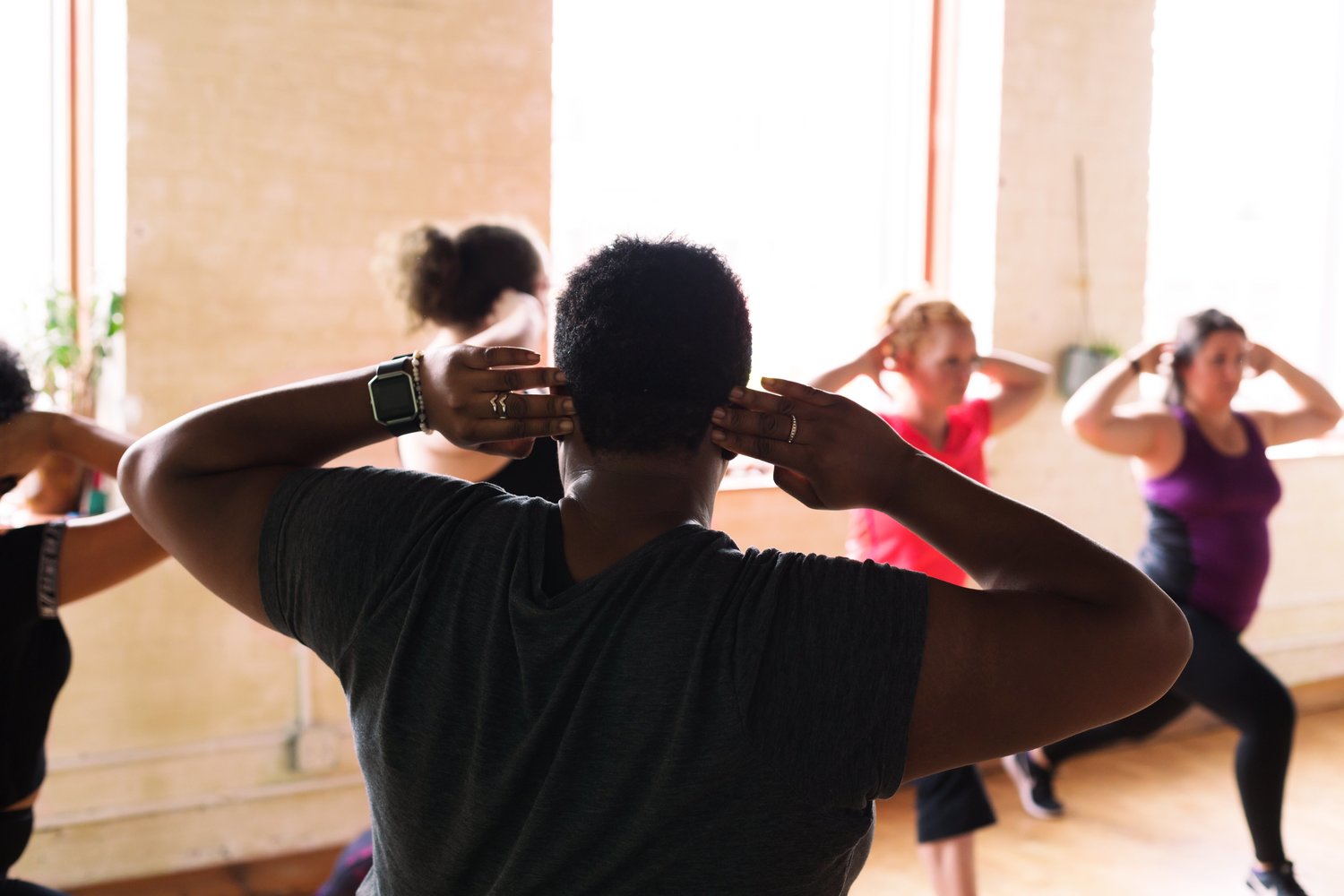There are two stories I like to tell when the subject of trauma-sensitive yoga comes up.
The first tale is of the time I was pumping gas in the middle of winter. Frozen and shaking, I stood there eagerly waiting for the handle to jolt, signifying the tank was all filled up. However as I stood there, unbeknownst to me, gas started spilling out of my tank and all over me and the floor. I had no idea that gas was pouring every which way until a stranger yelled at me. “Hey you! Gas is spilling everywhere!” Immediately I came to, and saw my soaked pants and the stained cement where I stood. How did this happen? How did I not see or feel any of this?
The second story is of a handheld back massager. Instead of holding it with my hand, I decided to use some pillows to prop the back massager onto my upper back so I could be handsfree. I thought I was so smart, happily typing away on my phone while getting a massage with zero effort.
After about twenty minutes, I removed the back massager and saw streaks of blood all over those pillows. I flipped over the back massager and realized that the plastic caps somehow popped off. All that was left was exposed screws. I was getting a massage on naked metal screws and I had no feeling of pain. It took months for my back to become scar-free. How on earth did I not feel that?

So how do these two stories relate to trauma-sensitive yoga? The moral of both stories is that I was so far removed from my body that I just didn’t know what was actually happening to it.
Due to my experience with trauma, my body knew how to play numb. It didn’t register being drenched in gasoline and having my back cut up and blood-soaked. My body awareness was at a zero.
Now, after researching and studying trauma-sensitive yoga, I realize that what was happening was a lack of interoception.
“Interoception is the feeling you have inside your body,” explained social worker, yoga therapist and Trauma-Center Trauma Sensitive Yoga (TCTSY) facilitator Karen Schwartz. “If you were 5 years old and said to me ‘I’m hungry’, I would ask, ‘Where do you feel your hunger?’ You might point to your tummy. You feel some feeling that you’ve learned is hunger. That is interoception. It’s getting that signal from inside that’s coming to the surface.”
I hadn’t realized how unbelievably disconnected I was from my body.
“If you don’t know how you feel, you don’t know what you need and you may not know how to get it. In terms of trauma theory though, even if you do know what you need, you may not feel empowered to take action on your own behalf. You may have been told not to trust yourself.
This practice is one way of practicing being empowered, to take care of yourself. It’s okay to do this, it’s okay to not do this, it’s okay to not even know at times, but to learn you have choices. You’re not told what to do.”

The goal of trauma-sensitive yoga isn’t to be in perfect alignment or to follow the teacher’s every instruction. Instead, the teacher experiences the class with you, and uses invitational language, allowing students to decide what works best for them.
Therein lies the key to why trauma-sensitive yoga can be so effective. It gives the power back to the participant. I can decide what I want to do with my body. I can learn to bring awareness to the feelings I have and make decisions based on that.
Trauma-sensitive yoga has taught me to be present in my body. It has given me the feeling of empowerment in making choices. I’m learning to feel what’s happening from the inside out.
Each session is a new opportunity to work with the body and discover what lies in the here and now.
“People are so complex, really fragile but really resilient,” explained Schwartz.
I agree. I’m complex, fragile but resilient. I’m also now more in charge of my body than I’ve ever been, feeling what arises and making decisions as best I can. Trauma-sensitive yoga is helping with all of that, and my body is grateful for it.

